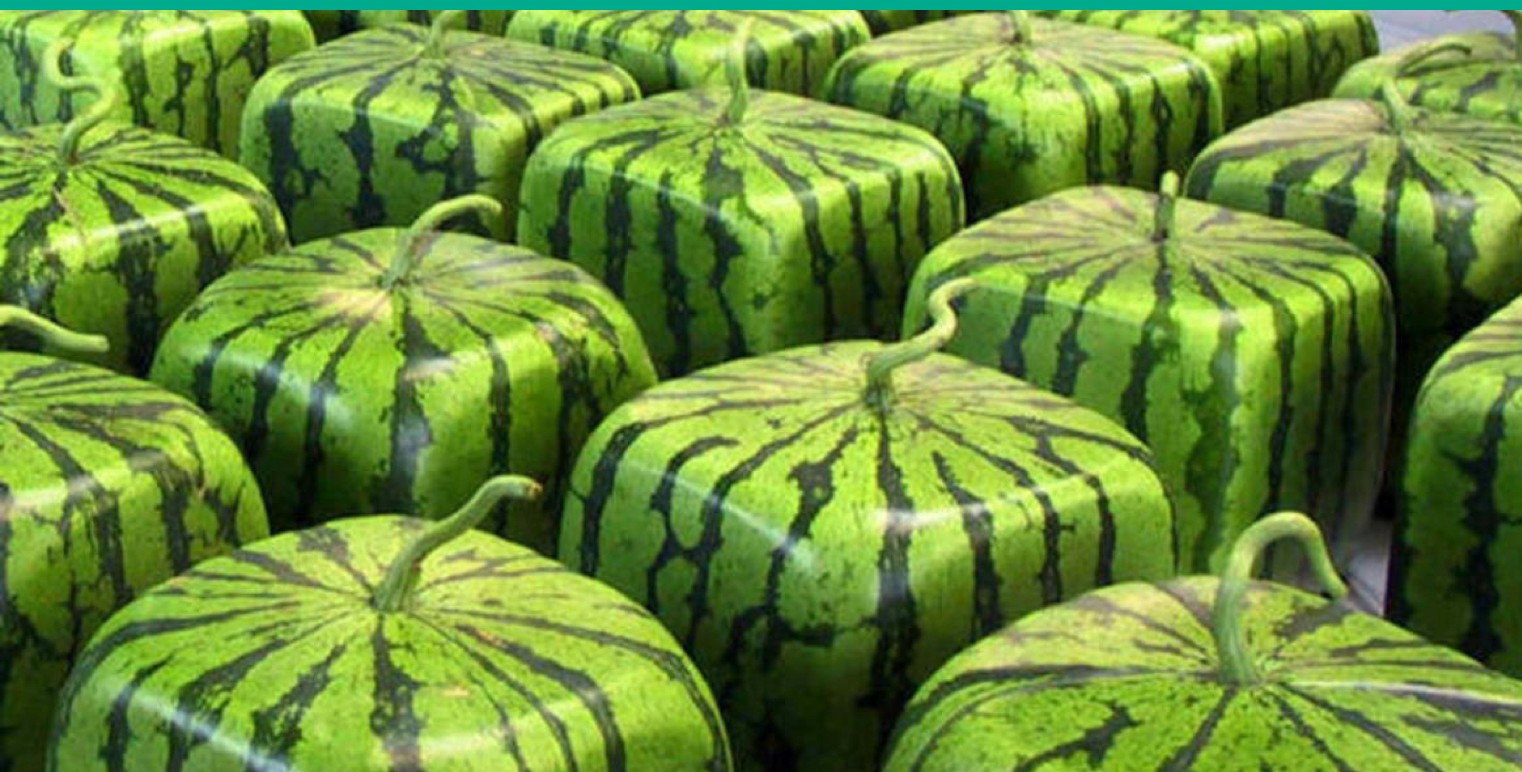Oct 23, 2018
Islands of Agricultural Innovation: Japan

This article is part 2 of our Islands of Agricultural Innovation Series that brings Jacob Eisenberg’s detailed accounts of Asia’s indoor farming landscape to Agritecture readers far and wide. You can read part 1 of this series here, which sets the stage for Jacob’s trip and gives an overview of his journey.
JACOB - Japan is stop number one on my agricultural adventure. It’s a relatively small nation, but over the past 40 years it has helped to pioneer global manufacturing automation and the first ‘Plant Factories’. But before visiting any of these facilities, I want to better understand the factors of how and why they came to be in Japan.
Geographically Isolated

Japan is one of the world’s densest populated countries, and while it has an incredibly robust economy (the 3rd largest) this small island nation of 127 million people relies on importing over 60% of its food and resources from abroad. While Japan produces a number of agricultural exports, space for farming is already incredibly limited by sprawling urban regions and steep mountainous areas across the country.
Food Resilience and Security

Square watermelons for sale in a Tokyo department store.
Despite its limited agricultural output, there is high demand for quality food products. Japan is known for many of its food and even luxury food products, such as a $70 square watermelon and fresh sashimi grade fish. In the past decade, food quality and the impact of chemicals and contaminants in food has become a rising concern for mainly individual and often wealthy consumers.
However, in 2011, food quality became a national concern and urgent priority after the wake of the nuclear plant meltdown in Fukushima — resulting in the radioactive contamination of precious farmland, groundwater and soil for hundreds of miles beyond the prefecture.
The resulting demand for pollutant-free and chemical-free products can be seen in almost every food establishment across Japan. New advertising labels such as “safe eating” and “chemical free” can be found on many tightly packed fruits and vegetables in supermarkets and convenience stores. This label even extends to food imports from other Asian countries where quality and contaminants are also a concern. And families are a primary target audience for these health oriented products — especially those in urban areas.
Aging Farming Population and Urbanization
If minimal arable farmland and nuclear contamination weren’t already challenging enough, the country is also severely limited by changing demographic factors. Unlike most countries around the world, Japan’s population is shrinking — fast.

Labor is a valuable commodity in Japan, and the country has done incredibly well in automating many of its unskilled services. You can see this firsthand by walking down any Japanese street or visiting any Japanese factory. Robots automate your transit and vending machines are available everywhere, selling everything from soda to pencils. Many restaurants even have self payment machines, not only making ordering efficient, but also eliminating the need for extra waitstaff.
The average age of the Japanese farmer is 65 years old. And while it is worth our admiration to see this generation spending their golden years producing food, it isn’t the most sustainable demographic trajectory. With an aging and shrinking farmer population, it’s not surprising to see that automated assistance is becoming a rising priority for many working closely in Japan’s food production system.
Knowledge-Base from Decades of Research

Spread Inc., the largest Plant Factory in the world.
Most interesting and pertinent to this research is the knowledge base coming from established Japanese plant factories. Organizations like the Japanese Plant Factory Association (JPFA) are some of the most longstanding and established in the world. Businesses and innovators come from all over the world to learn from these leading industry experts and their lessons over the past few decades of research and development.
Stay tuned in the coming weeks for part 3 of Islands of Agricultural Innovation: Singapore.
